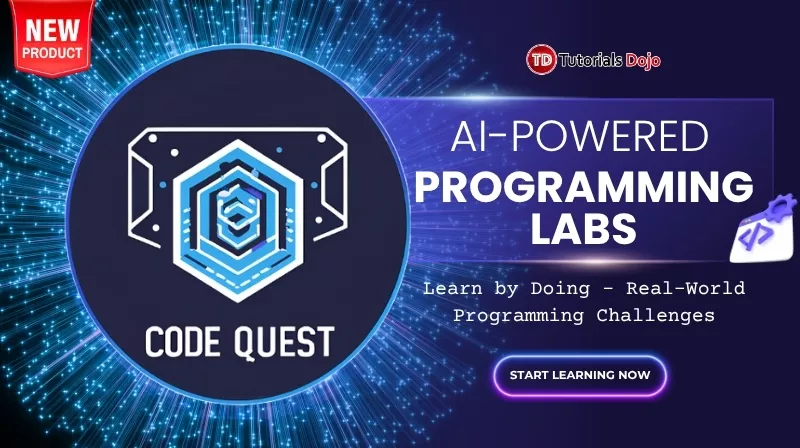Clustering is an unsupervised learning technique that groups similar data points without predefined labels. It helps discover hidden patterns, segment data, and reduce dimensionality in datasets.
Key Concepts
-
Clustering: Grouping data points based on similarity or distance metrics.
-
Unsupervised Learning: No labeled data; the model identifies structure independently.
-
Distance Metrics: Commonly used metrics include Euclidean, Manhattan, and Cosine similarity.
Popular Clustering Algorithms
1. K-Means Clustering
-
Divides data into K clusters by minimizing the variance within each cluster.
-
Fast, easy to implement, and works well with large datasets.
-
It requires predefining K and is sensitive to outliers.
-
Customer segmentation, image compression.
2. Hierarchical Clustering
-
Builds clusters in a tree-like structure (dendrogram).
-
Types:
-
Agglomerative (bottom-up)
-
Divisive (top-down)
-
-
No need to predefine clusters, and it is interpretable.
-
Computationally expensive for large datasets.
-
Document or gene sequence clustering.
3. DBSCAN (Density-Based Spatial Clustering of Applications with Noise)
-
Group points are closely packed together; outliers are marked as noise.
-
It finds clusters of arbitrary shape and is robust to noise.
-
Struggles with varying cluster densities.
-
Anomaly detection, spatial data analysis.
4. Gaussian Mixture Models (GMM)
-
Assumes data is generated from multiple Gaussian distributions; uses probability to assign clusters.
-
Flexible, handles overlapping clusters.
-
Requires choosing several components.
-
Speech recognition, image classification.
5. Mean Shift Clustering
-
It iteratively shifts points toward the densest area of data.
-
No need to specify K; it can detect complex cluster shapes.
-
Computationally intensive, sensitive to bandwidth parameter.
-
Image segmentation, computer vision.
When to Use Which Algorithm?
-
K-Means → Best for large, spherical clusters.
-
Hierarchical → Best for small datasets, visual analysis.
-
DBSCAN → Best for noise/outlier detection.
-
GMM → Best when clusters overlap.
-
Mean Shift → Best for an unknown number of clusters.
Clustering Workflow
-
Preprocess Data → Handle scaling, normalization, and missing values.
-
Choose Algorithm → Based on data size, shape, and noise.
-
Evaluate Results → Use metrics like Silhouette Score, Davies-Bouldin Index, or Elbow Method.
-
Visualize Clusters → With PCA, t-SNE, or UMAP.
Conclusion
Clustering algorithms are vital in data mining, market segmentation, anomaly detection, and recommendation systems. Choosing the proper clustering method depends on the dataset size, distribution, and the problem’s nature.

















